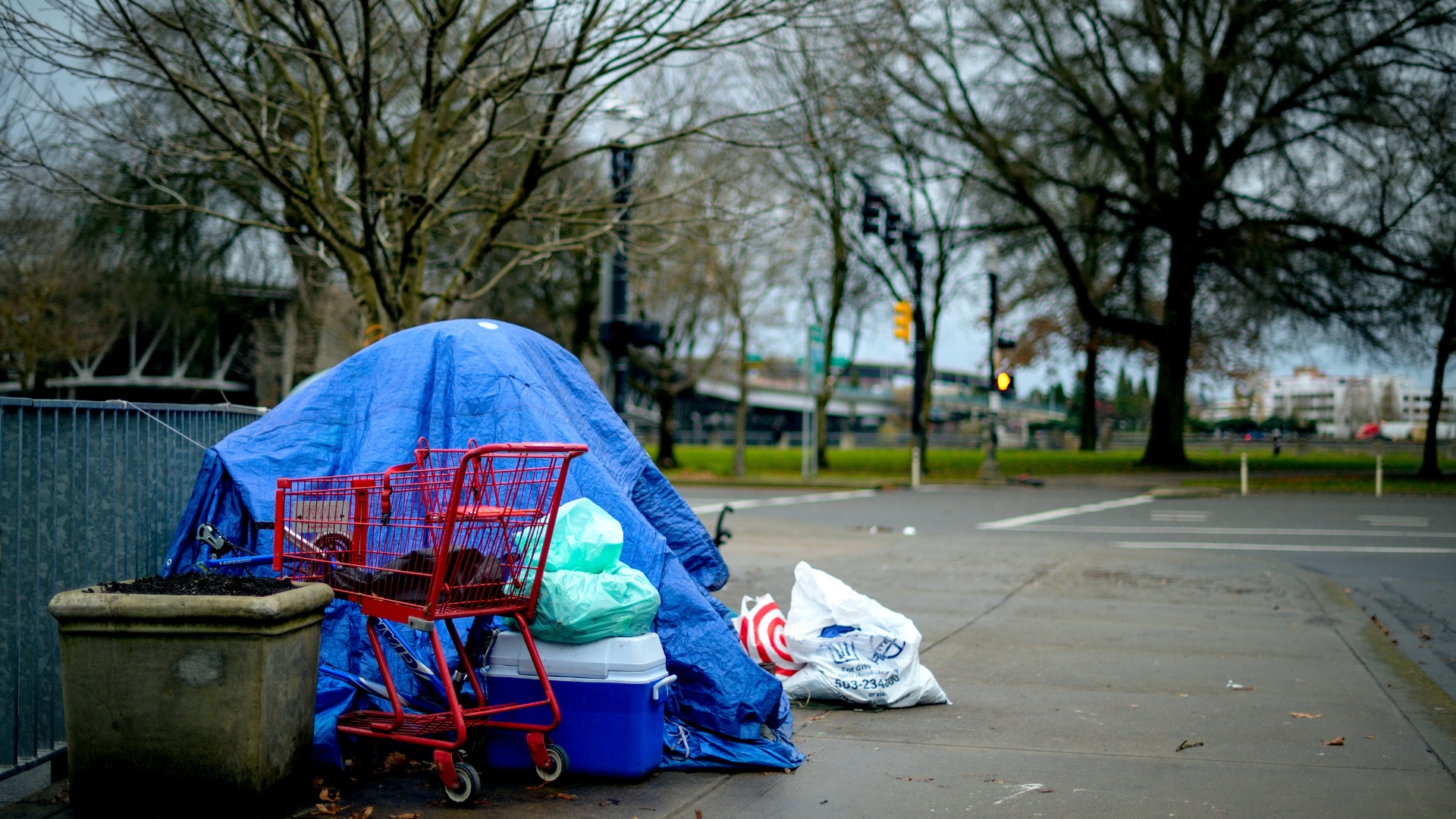The following op-ed was published by the Salt Lake Tribune this week.
“We the jury find the defendant guilty!” It’s a line you may have heard before as a dramatic case closing in a TV show or movie — but you probably haven’t heard it in real life, even if you or someone close to you has been charged with a crime.
A vast majority of guilty verdicts in criminal cases — approximately 95 percent of all state and federal convictions — result from guilty pleas. While many are guilty, research of the Innocence Projectshows that a significant amount are not, which raises the question: Why don’t more people go forward with a trial in order to prove their innocence?
The U.S. Constitution guarantees your right to a trial by jury, but this option doesn’t seem viable to innocent people due to the perceived risk of a jury finding them guilty when they are in fact innocent. They also face a lengthy and costly process if they go forward with jury trial — which could be for nothing if they are found guilty.
Low-income defendants have to anxiously wait in jail if they can’t afford to make bail. Even if they can afford bail, they will have to hire an attorney and take time to attend all of the court hearings, adding more expenses and stress to their life. Many people, innocent or not, decide to forgo their right of judgment to instead settle for something which seems more convenient: a plea deal.
Plea deals are a massive component of the judicial system that bolster the courts by allowing them to be more cost-effective and efficient with their time. Imagine how the system would function — or, rather, how it wouldn’t — if every single case went through trial, a burden that would substantially increase the strain on taxpayers. From this angle, plea bargains are seemingly good — but it may be a different story for those wrongly accused of crimes, especially if they don’t have much money or access to good legal advice.
Utah courts have recently begun addressing the wealth-outcome disparity in the judicial system by implementing a pretrial risk assessment tool. The assessment helps ensure that the presumption of innocence is not just for the rich who can buy their way out of pretrial incarceration. With the new system, judges are given more information about the risk of violence and flight of defendants. This information helps them make more informed decisions such as bail amounts and detainment. In turn, low risk defendants might be released pending their trial while riskier defendants are held in jail — no matter how wealthy they may be.
Money also comes into play later on in the criminal proceedings. Some simply can’t afford to take the time, effort and money to proceed through a full blown trial. If they can’t afford a good lawyer, or are in a hurry to move on with their lives, they may agree to admit guilt by accepting lower criminal charges and penalties. How do we know if this bargain is fair or accurately addresses the individual’s alleged crime and circumstances? After all, it’s 100 percent up to the prosecutor — an individual whose power goes widely unchecked — to decide what this bargain looks like.
Unfortunately, data is severely lacking as to what these plea deals consist of and how they affect the pretrial process. Are initial plea deal terms materializing into the true terms of agreement? Is the wealth of the defendant considered as a factor? How long are presumably innocent individuals sitting in jail before their trial, and why? What percent of people who accept plea deals are re-offending or violating their terms? These questions, along with many more, can’t currently be answered in Utah because the data is not being tracked. What goes on before a trial or during a plea deal remains a mystery.
Taking a plea deal means giving up your right to a fair judgment and a right to an appeal. They are relied upon by every court in the state to keep the system functioning efficiently, yet we know very little about them or what goes on leading up to a defendant’s conviction. How can we guarantee justice is being served unless this information is tracked and made publicly available. It’s time for Utah law to shine some light on what is going on behind closed doors.




